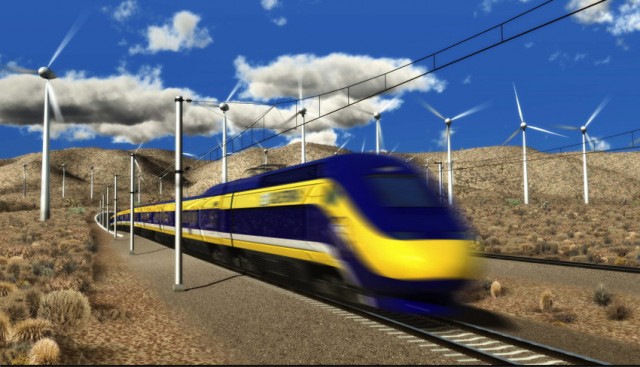
California’s High-Speed Rail Authority certainly frames things optimistically. Agency leaders insist the first phase of the San Francisco-Los Angeles rail line is in its construction phase, even though the actual physical construction won’t begin until early next year. And Dan Richard, chair of the agency's board, characterizes a recent court ruling temporarily blocking the project access to $8 billion as “a bump in the road.”
Thursday, at the board’s first public meeting since last week’s court decision, Richard announced staff will begin the process of re-applying for the bond authorization.
Even though California voters approved bond-funding for $10 billion of the estimated $68 billion rail project cost in 2008, the authority needs to seek approval from a finance committee before any bonds are sold. That’s what Judge Michael Kenny refused to validate last week. Richard framed that as a paperwork problem.
“The judge said, ‘You guys didn’t put enough information on the record.’ Period. That’s what he said,” he told reporters during a break in the board’s Sacramento meeting. “He didn’t say, ‘I’m not going to let you get to the bonds.’ He didn’t say, ‘What you’re trying to do is inappropriate.’ He said, ‘You just didn’t put information on the record.’ Easiest thing in the world to do is go back and put ample information on the record that we have.”
The ruling also required the authority to rework its financial plan. And on Wednesday, a federal board dealt the project another setback by declining a request to speed up environmental permitting.